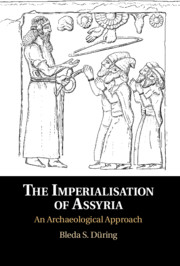A cremation and subsequent burial can be analysed as a set of technological, social and ritual transformations. It consists of three parts: first, the place where the body was burnt or cremated; secondly, the intermediary period in time and space, where the cleaned bones are often transported somewhere else; this interval increases the room for manoeuvre in those aspects which are concerned with the renewal, reorganization and re-legitimization of relations between the living; and, finally, the place where the ashes or the bones were deposited or buried, which may be the same place where the body was cremated, but normally it is not. Thus the urn represents the place where the deceased died, the cremated bones are from the rite of cremation, whereas the burial of the urn and the deposition of undamaged artefacts are from the final burial site, where other rituals were performed by the descendants, relatives and others. The distribution of urns may illuminate the notion that distance has hardly been a barrier and that people from, the ‘northern margins’ have travelled all over Europe from the late Bronze Age to the Viking period. This approach attacks the dual cultural hypothesis and some elements of core–periphery models.


